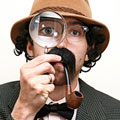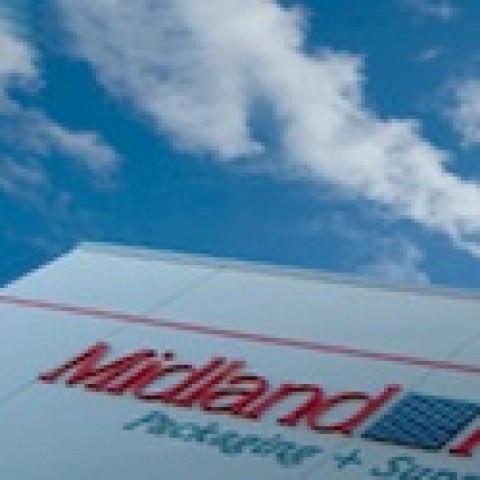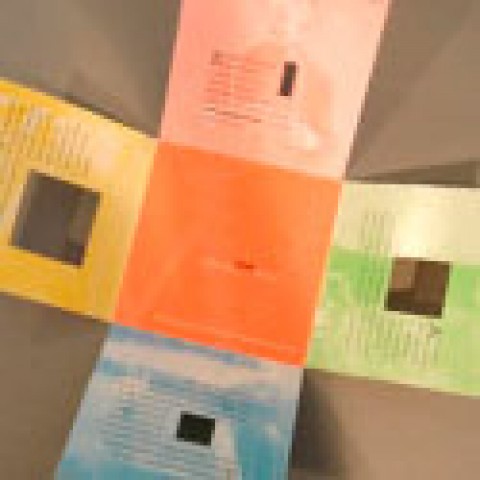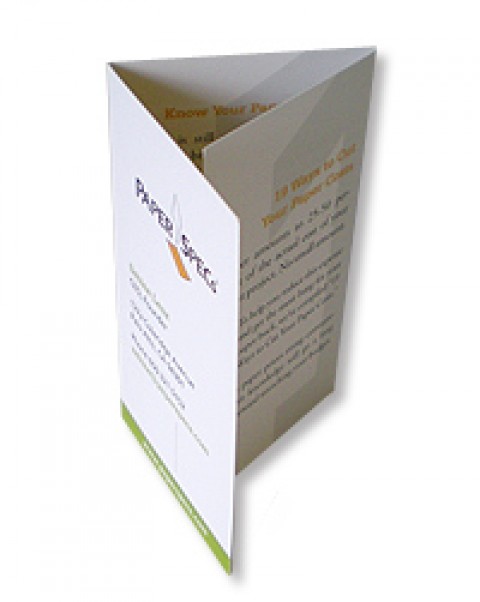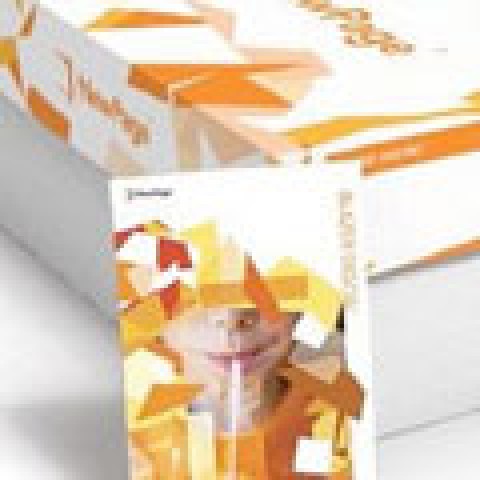I love exploring unusual places when I go on holiday. The well-known tourist sites are very impressive, but everyone goes there. You rarely get an insight into the true culture of a place.
I prefer to seek out less well known places, which, not surprisingly, often give me a much better idea of what a place is really like.
Designers should think more like detectives
If you really want to understand a print company better to ensure the best work possible on your next project, then you will want to visit some of the places during your factory tour that designers don’t often examine.
1. The parking lot
The parking lot can tell you a lot about a factory, if you look for the following:
Are there separate directors’ parking spaces? This may indicate a company culture that has a divide between management and the rest of the staff.
Are there lots of flashy cars? What does this say about the management…and the profit margins?
Is it untidy? If so, is this a company that does not care about its appearance?
The parking lot can say a lot about company culture. There’s another place that can also tell you a lot about how efficient a company actually is.
2. The paper store
The paper storage area is well worth a snoop. You should ask about how paper is allocated to jobs. Companies that measure this carefully will work more efficiently. They will also tend to spend less on wasted stock, which is a sign of efficient purchasing throughout the company. You will also get a good feel for how the company cares for one of the most important elements of your job. Torn packets, dust and a lack of labeling all point to a company where quality isn’t highly valued.
3. The file copy store
A company that cares about quality will keep copies on file for three months. They will be able to check up on any quality complaint during this period. A good file copy store shows that quality control procedures are being adhered to. It also suggests that this is a company that is likely to be well organized in all areas.
On their own these three places are not enough to measure a factory. You will also need to visit the usual places: the production offices, pre-press and data management, the press hall, and the finishing and dispatch areas.
However, the three places I cited earlier will tell you a lot about a factory that may not be obvious elsewhere. After all, some printers prepare for buyer visits by making sure the usual areas look their best. Naturally, they usually ignore the areas that most designers neglect.
How visiting an unusual factory area helped me
I once visited a printer that I had been told was very good; everything seemed to support this view. The press hall was tidy. All the quality controls were in place. Things looked good.
However, the storage space for file copies was a disaster area. The printer couldn’t locate any of the sheets that I asked about – they were just crammed in untidily with no thought for future use. I wasn’t convinced that all the file copies had actually been kept.
When I visited the paper store, I found that it was a separate building. The door had been left open on a rainy day; I could actually see paper getting wet because it hadn’t been rewrapped properly.
Visiting these areas showed me that this was not a printer that I wanted to use.
Whether it’s a factory tour or a holiday, you get more out of visiting unusual places. (Not that I’m suggesting that you make a habit of visiting parking lots on holiday 😉
……………


